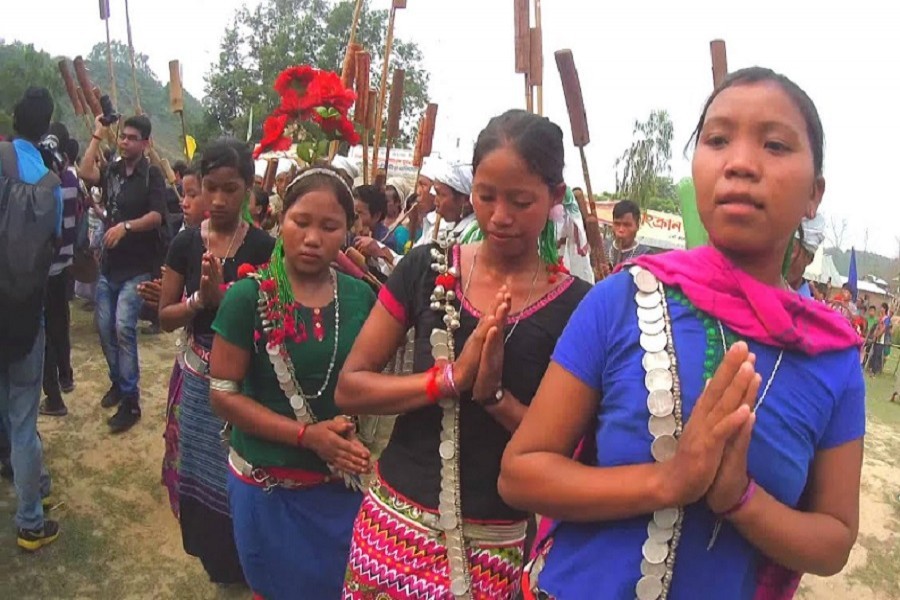The world's current preoccupation with the pandemic has pushed the other still greater threat not just to human life, but to life in its entirety on the planet Earth into the background.
Climate change is the issue in question. Even if we are able to bring the pandemic under control with the help of vaccines, there is no such quick fix for the damage done to the condition of life and livelihood by the anthropogenic changes made in the earth's environment. As we already know, the cumulative impact of such changes on the environment is what constitutes climate change. But though the grim consequences of climate change had long been unfolding right in front of our eyes, humanity has not still been able to pause to think for a moment, take stock and make the decisive move. Why? It was the irrepressible desire for development, for economic growth. Small wonder when the pandemic struck, the only concern that international development agencies expressed from time to time was about how the pandemic is going to reduce global economic growth and by what percentage. Of course, there was a lot of worries and anxieties about the lives being lost, but the concern over lost growth surpassed everything else. In our growth-obsessed world view, life as such has lost its intrinsic meaning. So, the world helplessly watches as the growth-hungry cabal of the corporate world puts the issue of protecting the earth's life-support system on the back burner. If anything, the pandemic has forced us to have a rethink of what we have been doing so far in the name of development, growth or progress. When for a very short while strict lockdowns were put into effect in small and big cities across the globe, strange things began to happen. For a moment, however brief, nature was on its own. Wild animals dared enter cities and walked without fear on urban streets, climbed up walls! Many species thought to have gone extinct reappeared as though from nowhere. But that was for a very short span of time. Gradually, life returned to normalcy--the normality we have been used to during the last two and a half centuries since the Industrial Revolution. Humanity meanwhile has forgotten about the normality of that long lost world of pristine nature, where we would never again be able to return. Though mainstream life pines for returning to the 'familiar normality' of the hustle and bustle of the environment-damaging active life, there are still people who survive on the fringes of modern life. They live in the few remote hills and forests still teetering on the brink of obliteration. Turning our mind to such communities living close by, mention may be made of the Mro or Murong people of the Chattogram Hill Tracts (CHT). They are a community fighting against extreme odds to survive. A few thousand of them are still in existence in the Bandarban and Rangamati districts of the CHT. These tribal people like other ethnic groups have their own ways of life. They get their sustenance from the hill but without destroying it. But people from the plain land are grabbing their lands under various pretexts and driving them out of their ancestral homes.
A recent report has it that some 65 Mro families in the Larma upazila of Bandarban district have been facing the threat of eviction from powerful quarters from the plain land. The Mros are being charged with usurping their own land by some plain land people, who claim that they have taken lease of the land for a rubber plantation project. The victim Mro families have nowhere to go for protection. If the outsiders succeed in evicting these people from their land, it will not just be the end of this particular Mro families in question. It will also be the end of the part of hills, the flora and fauna and the entire ecosystem of the place they were an integral part of. Will the government give these threatened Mro families a chance to survive?


